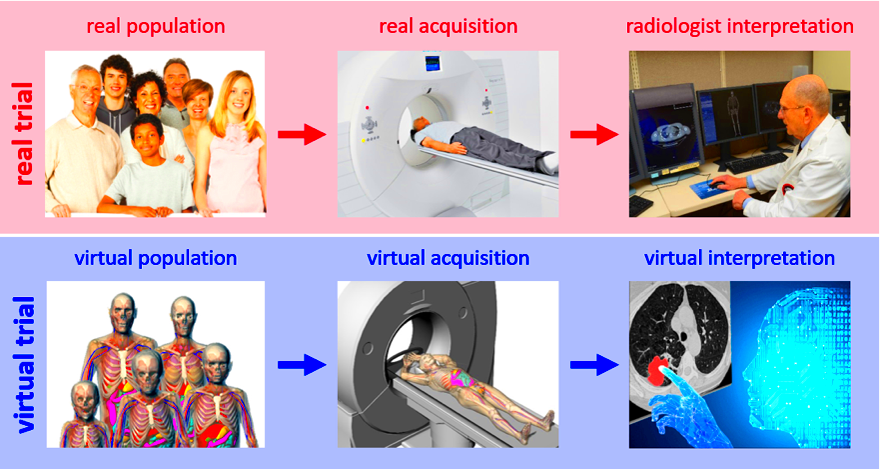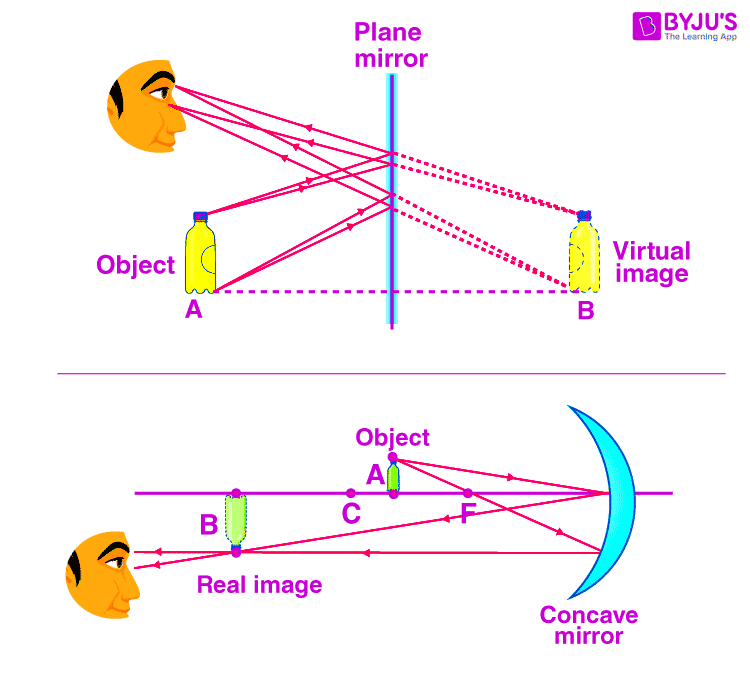Virtual imaging has become a game-changer across industries, offering realistic visuals without the need for physical assets. But the costs involved in creating these digital images can vary widely. If you’re considering virtual imaging, understanding its cost structure can help you budget effectively and avoid unexpected charges.
The main components of virtual imaging costs include technology, expertise, and the scope of work. Here’s a breakdown of what contributes to these expenses:
- Software and Tools: Specialized software like 3D modeling programs or high-resolution cameras are essential for quality virtual images, but they can be costly.
- Expertise: Skilled technicians and designers are required to create realistic and accurate virtual images, adding to the labor costs.
- Project Complexity: Simple images may be less expensive, but advanced visualizations or interactive elements can increase the cost significantly.
By understanding these components, you can gain a clearer picture of what influences virtual imaging costs.
How Technology Affects Virtual Imaging Expenses

Technology plays a crucial role in virtual imaging costs. Advancements in software and hardware have enabled high-quality images, but these innovations come with a price. Investing in top-notch tech may seem costly upfront, but it often results in better visuals and more efficient processes.
Key technology factors impacting costs include:
| Technology Type | Cost Impact |
|---|---|
| High-Resolution Cameras | Improves image quality, but adds equipment costs |
| 3D Rendering Software | Enables complex modeling, often comes with licensing fees |
| Cloud Storage | Facilitates data handling, but may incur monthly costs |
While the latest technology increases initial costs, it can lead to higher quality and may reduce project time, making it worth the investment in the long run.
Factors That Influence Virtual Imaging Costs
Several factors can impact the total cost of a virtual imaging project. These considerations help determine how much you’ll spend and where you might be able to save.
Here are the key factors that influence virtual imaging costs:
- Project Scope: Larger or more detailed projects require more time and resources, leading to higher costs.
- Customization Needs: Custom images tailored to specific needs often involve more labor and technology, increasing expenses.
- Resolution and Quality: High-definition images require better tools and more processing power, which raises costs.
- Turnaround Time: Urgent projects may incur additional fees for expedited services.
- Expertise Level: Skilled professionals charge more for their time, but their expertise often results in better quality.
Understanding these factors can help you set realistic expectations for virtual imaging costs and make decisions that align with your budget.
Comparing Virtual Imaging Costs Across Industries
Virtual imaging costs vary greatly depending on the industry, as each field has unique requirements and standards for visual content. Understanding these cost differences can help you gauge what to expect if you're seeking virtual imaging services within a specific industry.
Here’s a look at some common industries and their typical virtual imaging expenses:
| Industry | Average Cost Range | Factors Affecting Cost |
|---|---|---|
| Real Estate | $500 - $5,000 per project | 3D tours, high-resolution images, and interactive models |
| Healthcare | $1,000 - $10,000 per project | Medical-grade imaging, specialized rendering, accuracy requirements |
| Retail | $300 - $3,000 per project | Product 3D modeling, interactive visualizations |
| Automotive | $2,000 - $20,000 per project | Complex modeling, high detail, interactive features |
The demands for detail and interactivity vary across industries, affecting both complexity and cost. Knowing what your specific industry entails in terms of virtual imaging can help you plan a realistic budget.
How to Optimize Virtual Imaging Costs for Your Needs
Optimizing virtual imaging costs is about balancing quality with budget. While it’s tempting to aim for top-tier visuals, it’s possible to reduce costs by prioritizing what you need most.
Here are some tips to help you make the most of your virtual imaging budget:
- Choose Essential Features Only: Focus on the core elements that will make the most impact rather than adding unnecessary complexity.
- Negotiate Licensing Terms: If your project requires software licensing, explore flexible or one-time options to avoid long-term fees.
- Hire Based on Experience Level: Experienced professionals are valuable for complex projects, but for simpler work, consider mid-level experts who may offer lower rates.
- Opt for Standard Resolution if Possible: High-definition images are ideal, but if standard resolution meets your needs, it can reduce costs.
- Batch Similar Tasks: Grouping similar images or tasks within one project can help streamline processes and minimize costs.
Taking a strategic approach to virtual imaging can yield high-quality results while keeping costs in check, allowing you to stay within budget without compromising on essentials.
Potential Hidden Costs in Virtual Imaging
Virtual imaging projects often involve hidden costs that might not be evident at first. Recognizing these potential fees in advance can help you avoid unexpected expenses and stay within budget.
Here are some common hidden costs to be aware of:
- Software Licensing Fees: Some projects require specific software licenses, which can add ongoing fees beyond initial project costs.
- Revision Charges: Multiple rounds of revisions can accumulate, especially if changes are extensive or complex.
- Data Storage and Backup: High-quality images and 3D models require significant storage, and cloud storage costs can rise if large files are involved.
- Rendering Time: Complex models need longer rendering times, which may result in additional costs if your provider charges by the hour.
- Specialist Fees: Some projects need highly specialized skills that come with a premium price, especially for industries like healthcare or automotive.
Being aware of these hidden costs can help you prepare a more accurate budget and minimize unexpected charges along the way.
FAQs About Virtual Imaging Costs
Virtual imaging can be a significant investment, and it's natural to have questions about the costs involved. Here are some frequently asked questions to help you better understand what to expect with virtual imaging expenses.
Q: What is the average cost of a virtual imaging project?
The cost varies widely depending on the industry, project complexity, and required resolution. Basic projects might range from a few hundred dollars, while advanced imaging or interactive models can cost several thousand dollars.
Q: Does high-quality imaging always require advanced technology?
Yes, higher quality usually demands advanced technology, such as high-resolution cameras, specialized software, and high-capacity storage. However, you can often achieve acceptable quality at a lower cost by selecting standard resolution options and limiting unnecessary features.
Q: Are there any ongoing costs for virtual imaging?
Yes, certain projects may involve ongoing expenses, such as software licenses, cloud storage fees, or regular updates. These recurring costs can add up, so it's essential to factor them into your budget if they apply to your project.
Q: How can I reduce virtual imaging costs without sacrificing quality?
To reduce costs, focus on essential features, limit revisions, and consider bundling similar tasks. Additionally, choosing standard resolution over high-definition can save money if ultra-high quality isn’t necessary for your purpose.
Q: What should I look for when selecting a virtual imaging provider?
Look for providers with experience in your industry and transparent pricing. It’s helpful to read reviews or request samples to ensure they can meet your quality expectations within your budget. Don’t hesitate to ask about potential hidden costs to avoid unexpected fees.
Conclusion on Virtual Imaging Costs
Virtual imaging costs can vary significantly based on industry requirements, project complexity, and technology. By understanding the primary cost factors and considering ways to optimize your budget, you can make informed decisions that balance quality with affordability. Preparing for potential hidden fees and prioritizing essential features can further ensure your project stays within budget while meeting your virtual imaging needs.

 admin
admin








